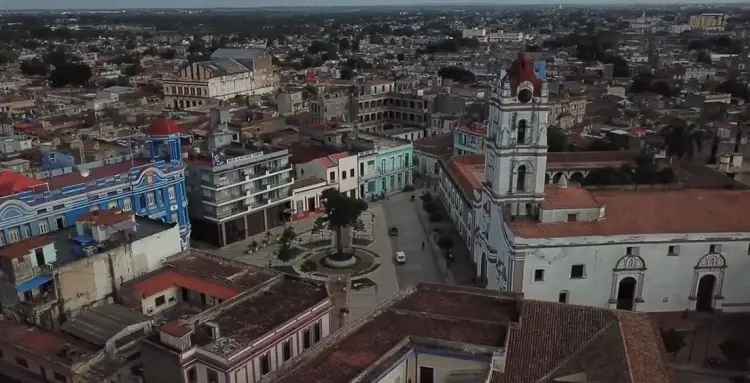MADRID, Spain.- On February 2, 1514, only 22 years after the arrival of the Spanish in Cuba, the city of Camagüey was founded; which at that time was called Santa María del Puerto del Príncipe. It was one of the first seven towns founded by the conquerors on the island. Its current name was received in 1898, alluding to the cacique Camagüebax.
Its historic center still preserves the colonial style; especially in the architecture of the houses and churches, as well as in its streets and numerous squares.
Due to the frequent droughts in the region, in the years of Spanish colonization, jars began to be used to store water when it rained. Over the years, these clay pots became a symbol of the city and can currently be found as an ornament when walking through its streets. For this reason it is also known as “the city of the tinajones”.
Camagüey was one of the provinces most linked to the struggles for independence, with Ignacio Agramonte at the head; one of the most transcendental personalities in the History of Cuba. It was there that the country’s first constitution, derived from the Guáimaro Assembly, was drafted.
In this region, which is said to be where Spanish is best spoken in the country, important names of Cuban culture were also born: Gertrudis Gomez de Avellaneda, severo sarduy, Nicolas Guillen; just to mention a few.
After Havana, it is one of the most visited cities by tourism. Among its representative places are the Plaza San Juan de Dios, the Church and Plaza de la Caridad, the Church and Plaza de la Merced, the Birthplace of Ignacio Agramonte, the Hotel Colón and the Santa Lucía beach.
The historic center of Camagüey in 2008 was declared a World Heritage Site by UNESCO.





